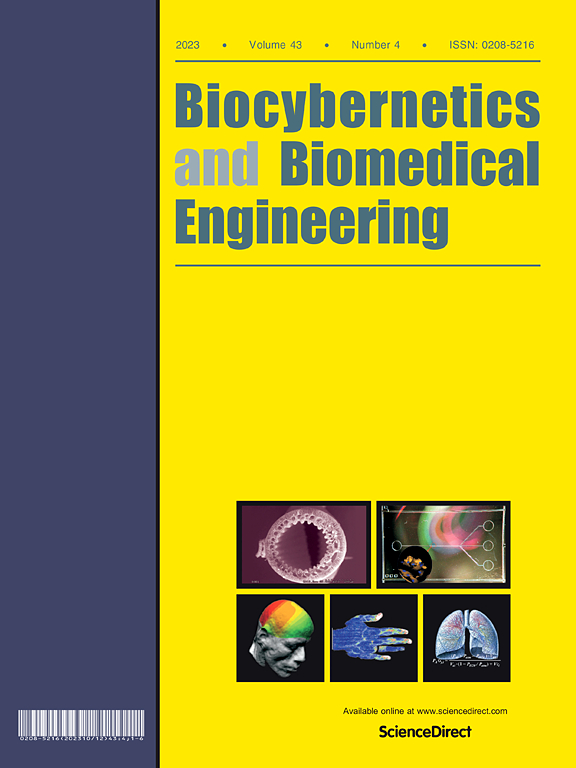评估预测外伤性脑损伤患者14天死亡率的机器学习模型的泛化
IF 6.6
2区 医学
Q1 ENGINEERING, BIOMEDICAL
引用次数: 0
摘要
创伤性脑损伤(TBI)仍然是世界范围内发病率和死亡率的主要原因,其结果受区域医疗保健可及性和基础设施的影响存在显著差异。本研究使用来自巴西两个不同地区的数据集,评估了机器学习模型预测TBI患者14天死亡率的性能和通用性:城市中心本文章由计算机程序翻译,如有差异,请以英文原文为准。
Evaluating the generalization of machine learning models for predicting 14-day mortality in traumatic brain injury patients
Traumatic Brain Injury (TBI) remains a leading cause of morbidity and mortality worldwide, with significant disparities in outcomes influenced by regional healthcare access and infrastructure. This study evaluates the performance and generalizability of machine learning models for predicting 14-day mortality in TBI patients using datasets from two distinct Brazilian regions: São Paulo, an urban center, and Manaus, an isolated urban center with unique logistical challenges. To our knowledge, this research represents the first cross-validation of predictive models across two datasets within the same country, underscoring the critical need for localized approaches in TBI research. Our findings indicate that while convolutional neural network (CNN)-based models achieved high performance, with an area under the curve (AUC) of 0.90 in São Paulo and 0.93 in Manaus, the best model from São Paulo exhibited a strikingly low AUC when applied to the Manaus dataset. The incorporation of context-specific features, such as pandemic-related variables and time from trauma to admission, significantly enhanced model accuracy, with the Manaus model reaching an impressive AUC of 0.98. Notably, the study highlights key regional differences in predictors of mortality, with hypoxia and hypotension being more critical in Manaus, emphasizing the importance of tailoring predictive models to local contexts. These regionally important variables identified in the ML prediction model may inform quality-improvement priorities and further research in these settings. Our results indicate that CNN-based models have the potential to enhance mortality predictions for patients with traumatic brain injury (TBI).
求助全文
通过发布文献求助,成功后即可免费获取论文全文。
去求助
来源期刊

Biocybernetics and Biomedical Engineering
ENGINEERING, BIOMEDICAL-
CiteScore
16.50
自引率
6.20%
发文量
77
审稿时长
38 days
期刊介绍:
Biocybernetics and Biomedical Engineering is a quarterly journal, founded in 1981, devoted to publishing the results of original, innovative and creative research investigations in the field of Biocybernetics and biomedical engineering, which bridges mathematical, physical, chemical and engineering methods and technology to analyse physiological processes in living organisms as well as to develop methods, devices and systems used in biology and medicine, mainly in medical diagnosis, monitoring systems and therapy. The Journal''s mission is to advance scientific discovery into new or improved standards of care, and promotion a wide-ranging exchange between science and its application to humans.
 求助内容:
求助内容: 应助结果提醒方式:
应助结果提醒方式:


